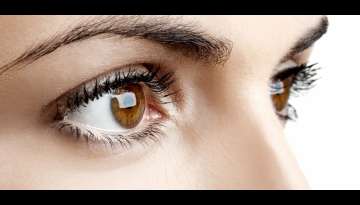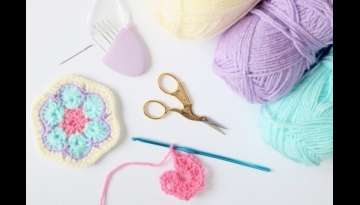When you arrive home with a new red lipstick – the last thing on your mind is what’s inside it. The question we usually want to know is “Is it durable or not?”, “is it matte or glossy?”, we really don’t want to know what its made of.
1. There really aren’t any hard restrictions on makeupThe Food and Drug Administration in the United States does not check the materials that make the make-up because it is not food or medicine. This means that stuff confiscated in other places are allowed here. Parabens are related to breast cancer, Ethylene oxide or any other substance can get a straight OK in the manufacturing process.
The FDA does supervise this, but under the FD&C Act, which only checks for adulterated materials or logo authenticity.2. Make-up companies do not have to check their products
At Least not in a way that’s seen to the public. the FDA has no authority to approve products but the companies has “legal responsibility” to make sure their products are safe.
The way to do that is to claim their product is legitimate and compare it to similar substances in other products. as long as this goes on – there is nothing to stop the product from reaching your hands.3. 80% of self-use makeup products has not been tested for safety and safe use.
This is pretty much self-explanatory.
4. “Fragrance” can actually be anythingIt could be some oils boiled together in a lab or something chemical altogether, who knows? smell is smell though – it could be ANYTHING.5. “Organic” probably doesn’t mean what you think it means
There is no standard about what can be defined as “natural” or “organic”, as long as its not leading you astray – for the FDA it’s just enough. If a product is made out of cucumber essence and 97% chemical – it can be defined as organic.
We live in the age of criticism. Every article I’ve recently read is judging the behaviors of others, rather than supporting their triumphs or accomplishments. To top it off, there are very few people, including those with college educations, who are willing to engage in informed conversations about the current state of our country and its affairs. It’s time that this changed.As a senior year at Penn State University, I thought that I would one day attend medical school and become a pediatric oncologist. But, my studies and science classes were never my first priority. Instead, I hope to help more of my peers vote and engage in the democratic process.One of the most commonly used phrases in the 2016 Presidential Election was, “I don’t like either candidate, so if I voted, it would be for the lesser of two evils.” According to fivethirtyeight, this year’s candidates in both parties, were the least liked in the history of U.S. presidential elections. In fact, just yesterday, I was speaking with one of my best friends as he complained about our federal government. I only asked him one question, “Did you vote in last year’s election?”, and when his answer was, “No...” I told him that I couldn’t stand to listen to him complain, especially when many of his friends participated in voter registration efforts on our campus.I think that we—the younger generation of Americans—have the ability to turn our country into the place we all believe it should be, not the political wargrounds that it currently is. As children, we are taught about the importance of exercising our right to vote, yet only 60% of eligible voters participated in the 2016 election, and under 45% of 18-29 year olds. We can do better than this, which is why I focus almost all of my time participating in student government and advocating for my peers to engage in democracy. 6.”Not tested on animals” and “cruelty free”?
There is no legal definition for these terms. not whatsoever. This is under ‘recommendation’ only. (although some serious companies probably don’t do experiments on animals)
So while you put on your blush, you cant really know what went on with the fluffy soft bunny in the lab.7. The average woman put around 13 products on her face a day, this means 515 different substances on her skin.

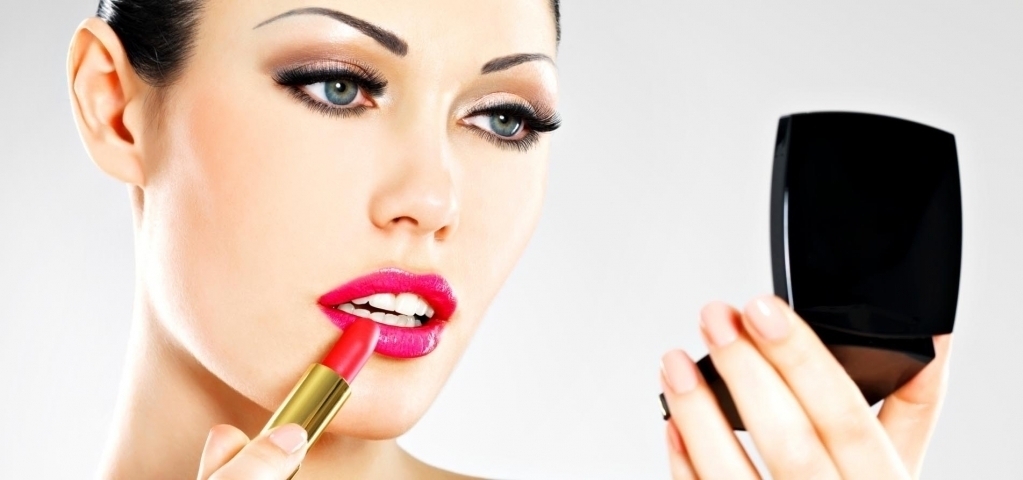










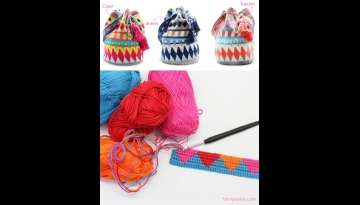
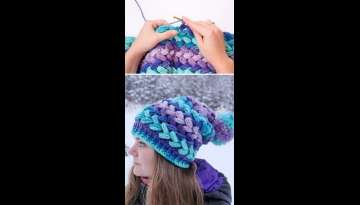
.jpg&w=360&h=205&q=60&zc=2&cc=000000)


